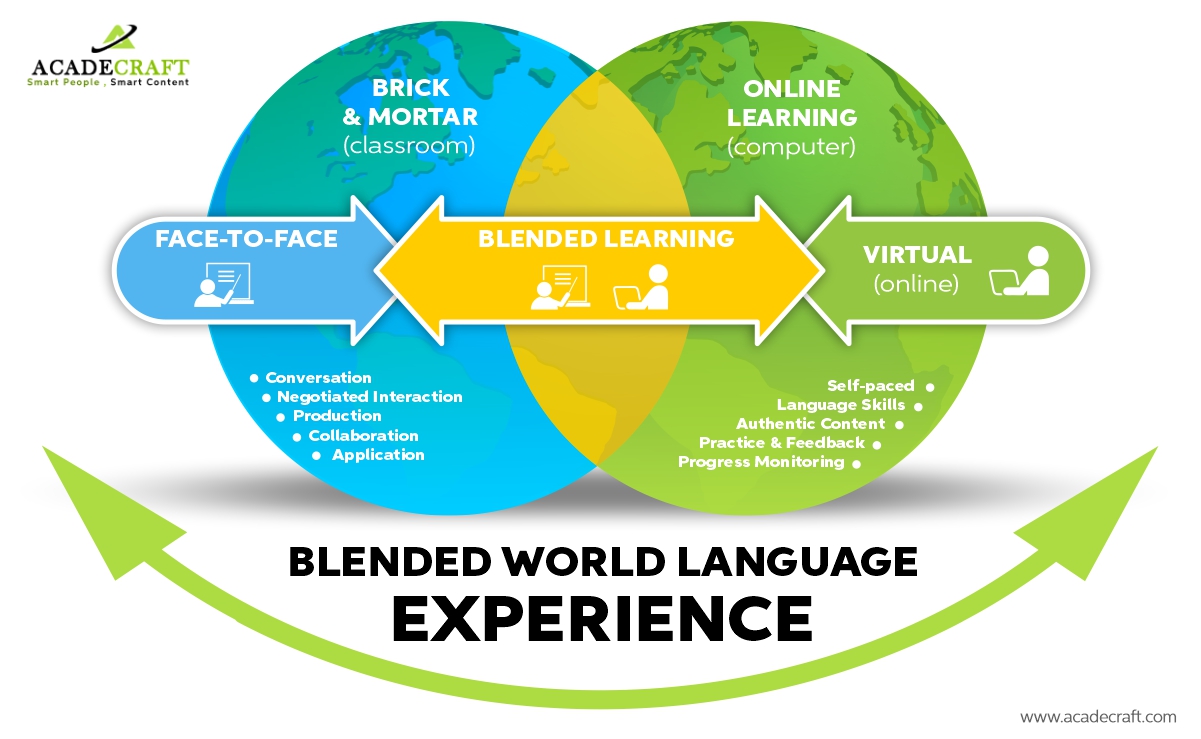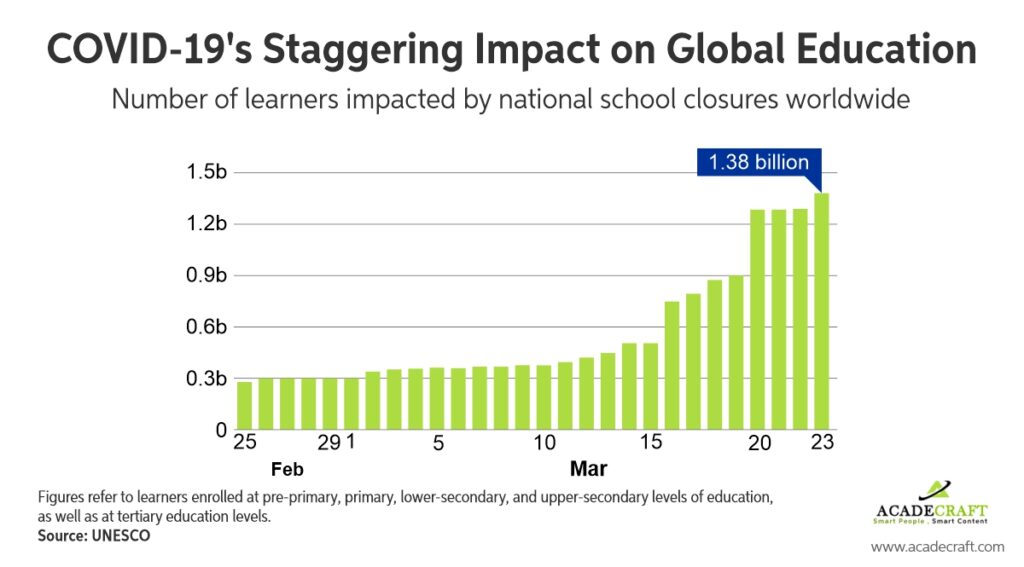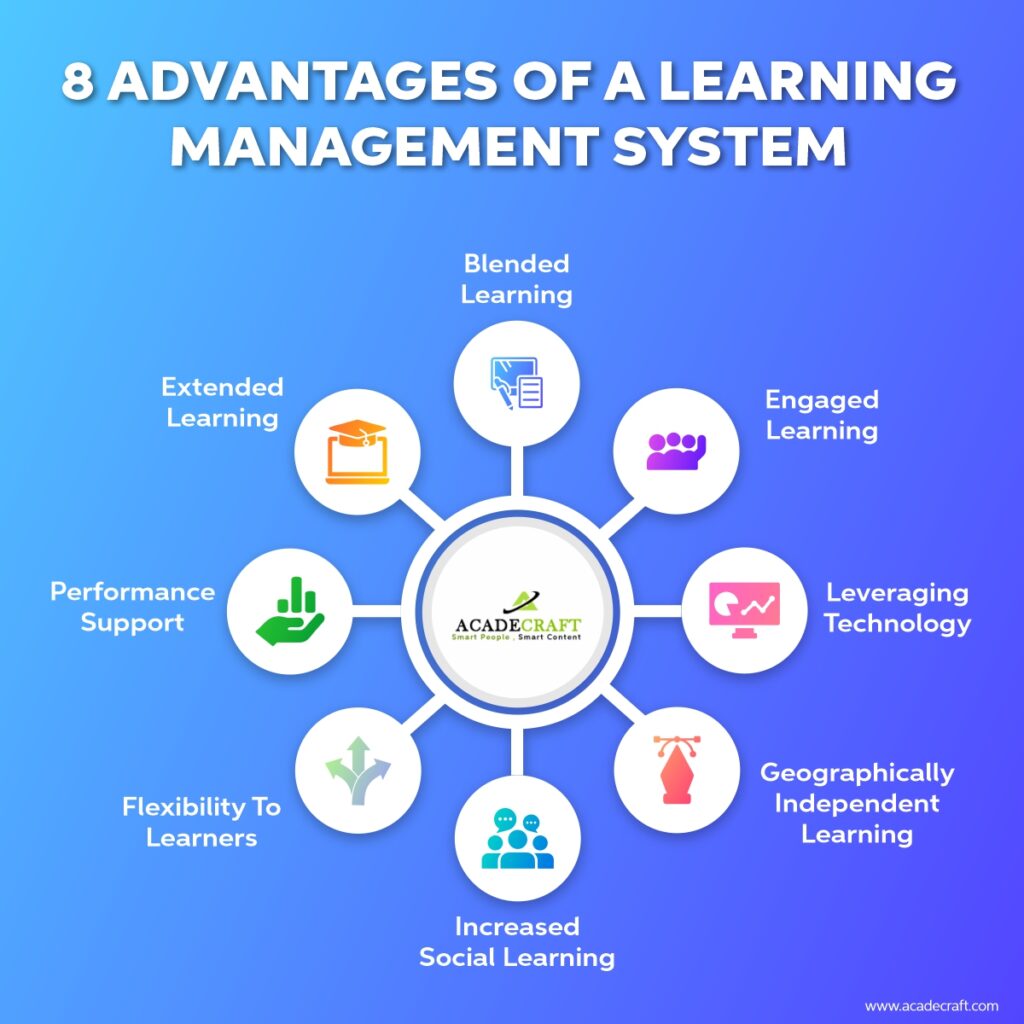
When the COVID-19 Pandemic spread through the earth, it changed the lifestyle of each and every individual. People could not go out, they were not allowed to shake hands with people, they needed to cover their face with a mask 24x7. In short, we can say that nothing remained normal in the ?New Normal?.? But the biggest crisis was seen in the education sector. In this section, the crisis was both mental and academic. Due to the pandemic, over 1.598 Billion students across 194 countries were forced to learn from home. It led to the evolution of multiple eLearning and distance learning technologies that had never evolved before. And this evolution has given rise to new trends in Higher Education Services, making space for latest technologies, and more flexibility in learning.

And these changes were heavily supported by the higher education services providers. In this blog, we will take a look at 6 such changes in the education sector that were brought in by the New Normal.??
Blended learning is the concept of fusing the best of both physical and digital learning techniques, to bring out efficient learning results. Though this concept has existed since long, earlier, it was used only occasionally. And it got a real boost in COVID-19 era.
The closure of educational institutions had forced the instructors to teach online. But, many students were finding it difficult to adjust in the online mode. At the same time, some students were finding it easier to study online because of the flexibility that it offers. They said the audio-visual content was helping them learn faster.
After a certain point of time, all students were having their own challenges. Those who found comfort in learning from home did not want to go to school or college. At the same time, those who were eager to join back on offline mode were missing their friends who did not join.
For the institutions, it was difficult to handle both offline and online classes simultaneously. So, they started implementing blended learning methods. They implemented setups that helped the students residing outside to join online, and learn alongside their classroom-based peers.?
The instructors started using video-based lectures and animated PPTs inside physical classrooms. These experiments proved highly beneficial. As a result, many institutions are now looking for long-term prospects in blended learning! And the professional blended learning solution providers are helping them with.
The journey of virtual labs had started with a myth. And the myth was quite obnoxious. It was believed that the virtual labs were not as effective as the physical labs. This thought led to the ignorance of virtual labs for a long time. But, during COVID-19 pandemic, the institutions were forced to use Virtual Labs, to deliver practical sessions online. And it has busted all the prior myths regarding virtual labs!
Nowadays, higher education services providers use AI-ML, AR-VR, to develop highly efficient virtual labs. Performing the experiments in these highly developed virtual labs has no difference than performing the experiments inside physical laboratories. The ed-tech companies are now developing Augmented virtual labs that use simulation to create a real lab-like environment.?
Read: Impact of Higher Education Services on the Modern Education Sector
Using these virtual labs, the institutions can reap the following benefits:
Learning Management Systems are probably the most trending of all the technologies that we are discussing in this blog today. LMS and TMS (training management systems) have revolutionized the learning scenario today. In recent times, every learning-related action is controlled by Learning Management Systems. From class attendance to study material distribution, and from assessments and assignments to payment records, institutions can take care of everything using LMS. In fact, many higher education services providers are offering customized LMS with specially designed features to the client institutions.
LMS has proved to be so convenient for the institutions that now, many institutes are looking to continue operating the LMS even if they resume 100% offline operations. And it has some solid reasons behind it.

During the pandemic, the entire education system was running from these virtual classroom setup. Softwares like MS Teams, Google Classrooms, and many custom-made platforms developed by higher education services providers were making the work easy. Now that the physical classes have started to open up, some institutions have not stopped the virtual classrooms completely. It is because these virtual classrooms have made data sharing very easy. And in most of these platforms, the instructors can record the sessions and share them with students. Hence, the learners could actually go back and listen to the lecture again, whenever they want.
Also, taking tests and assignments through these digital settings is a lot more convenient than taking paper-based exams. Due to all these benefits, the institutions are thinking to run the virtual classrooms parallely alongside the physical classrooms.
The use of AR-VR has intensified in education in recent years. The Augmented and Virtual reality is now used for multiple purposes in the education sector, like:
Using AR-VR, the institutions can provide experiential learning to their learners. In experiential learning, the learners actually experience the things, with the help of AR-VR technology. Many institutions have found that such learning methodologies are much more effective than simply reading the textbook.
This century is the century of Artificial Intelligence. And in education also, it has started to show its dominance. Nowadays, the institutions can conduct their online examinations using special portals, which use Artificial Intelligence and Machine Learning. These AI-based systems keep a check on the number of tabs opened by the students, and the presence of another device or person. In fact, many AI-systems keep track of the eye-movements of the students to understand whether the students are referring to any external sources or not.
Similarly, Machine Learning algorithms help to keep track of the performance improvements of the candidates. In short, AI and ML have made assessments easy and hassle-free.
From the above discussion, we can understand that though the pandemic is expected to die down soon, the changes it has brought to the education arena are here to stay. And further developments in technology are going to elevate the current trends even further.
In such situations, the educational institutions will need a trustable higher education services provider to help them implement more technologies into their learning methodology. If your organization is also looking for one such partner, Acadecraft is here to help you out!
At Acadecraft, client institutions get the best learning solutions, starting from blended learning to online tutoring. We develop customized LMS solutions and study materials for our clients.
Share